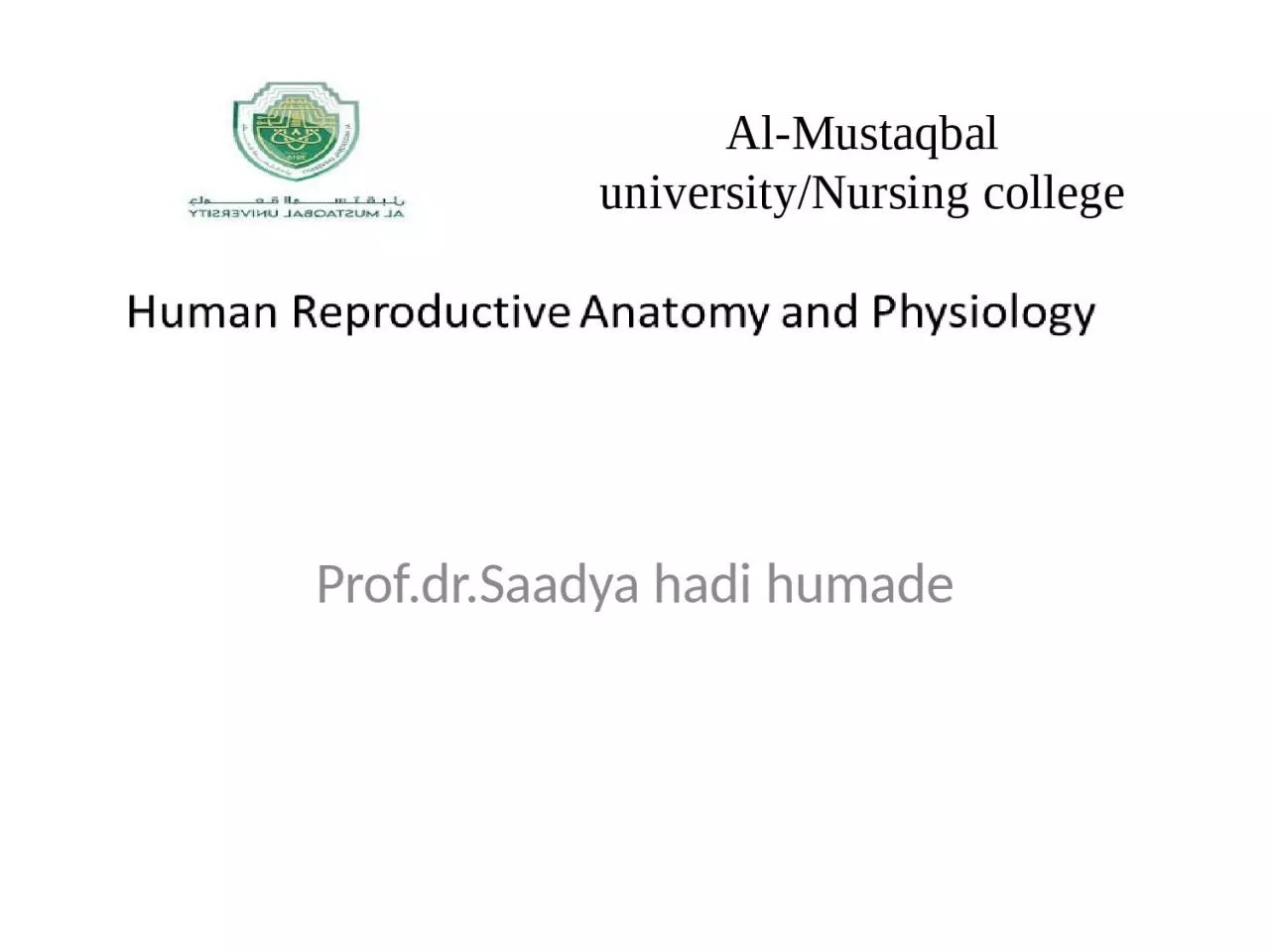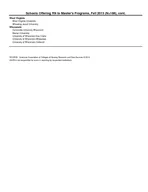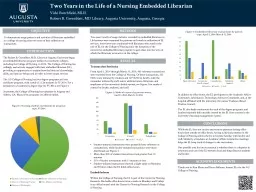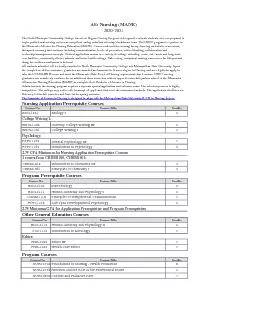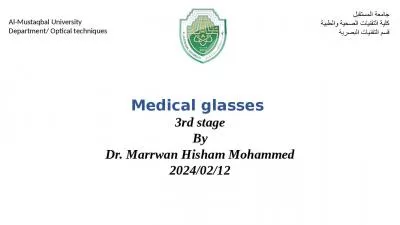PPT-Al- Mustaqbal university/Nursing college
Author : erica | Published Date : 2024-03-13
ProfdrSaadya hadi humade Puberty Before puberty boys and girls appear very much alike except for their genitalia Puberty involves changes in the whole body and
Presentation Embed Code
Download Presentation
Download Presentation The PPT/PDF document "Al- Mustaqbal university/Nursing colleg..." is the property of its rightful owner. Permission is granted to download and print the materials on this website for personal, non-commercial use only, and to display it on your personal computer provided you do not modify the materials and that you retain all copyright notices contained in the materials. By downloading content from our website, you accept the terms of this agreement.
Al- Mustaqbal university/Nursing college: Transcript
Download Rules Of Document
"Al- Mustaqbal university/Nursing college"The content belongs to its owner. You may download and print it for personal use, without modification, and keep all copyright notices. By downloading, you agree to these terms.
Related Documents

